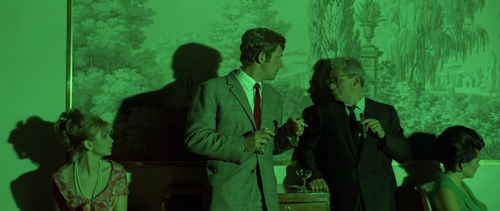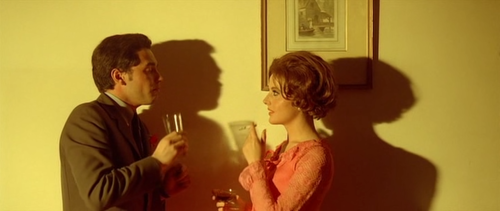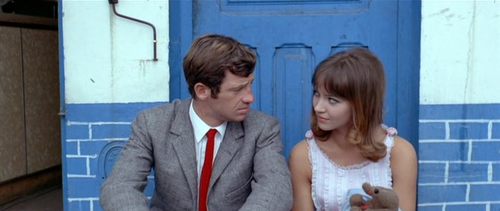Mary Rose Cook's notebook
The public parts of my notebook.
Pierrot le Fou
What does it mean to entangle the characters in a criminal underworld that seems phoney? What does it mean for Marianne to betray Ferdinand when her act of betrayal is both non-sequitous and inconsequential? If you can’t believe in the plot, there is no framework of causality in the film. You stagger from image to image and event to event without being moved by anything.
But what is left are fragments of meaning that, though not logical or causal, are emotionally true.
A stagey party that is emblematic of a stagey life, the characters throwing shadows like actors.


Ferdinand lying in the bath and reading a passage of art criticism to his daughter:
“Velázquez, past the age of 50, no longer painted specific objects. He drifted around things like the air, like twilight, catching unawares in the shimmering shadows the nuances of color that he transformed into the invisible core of his silent symphony. Henceforth, he captured only those mysterious interpenetrations that united shape and tone.”
You have no idea what the critic is talking about, but you know exactly what she means.
A red tie against a blue door.

A romantic drive that is at once a rich, graded old Hollywood picture, and washed through every few seconds with primary colours.

The final shot. Just the sea, with Marianne and Ferdinand reunited in the voiceover above our heads. Le Mépris, too, is about the dissolution of a relationship, and it, too, ends with a shot of the sea.

#notebook #medianotes